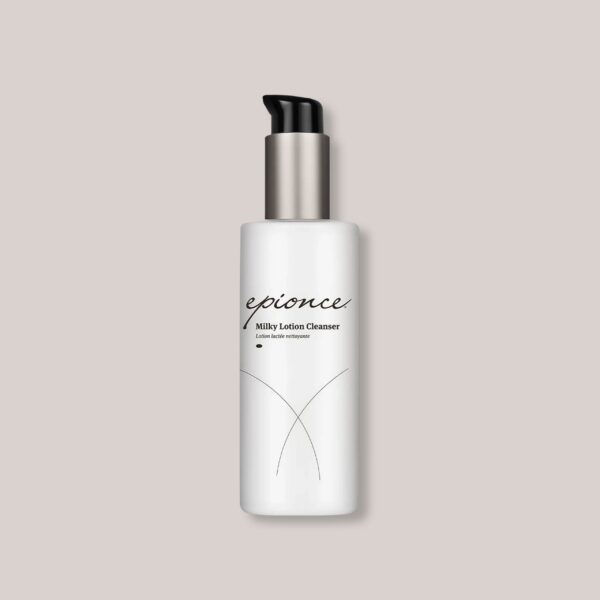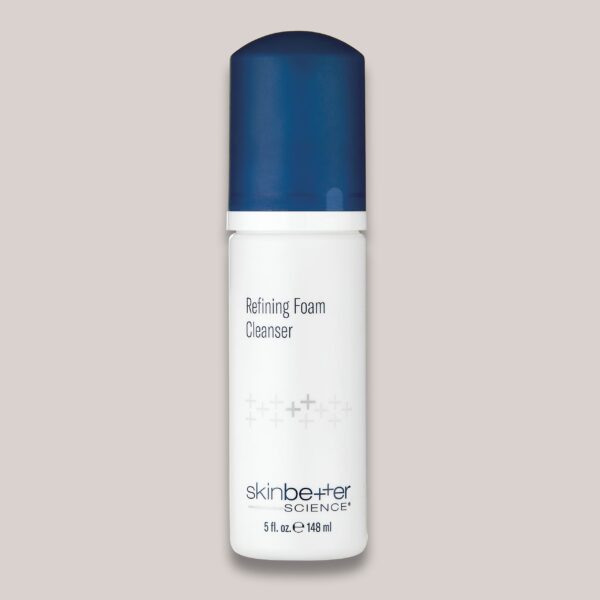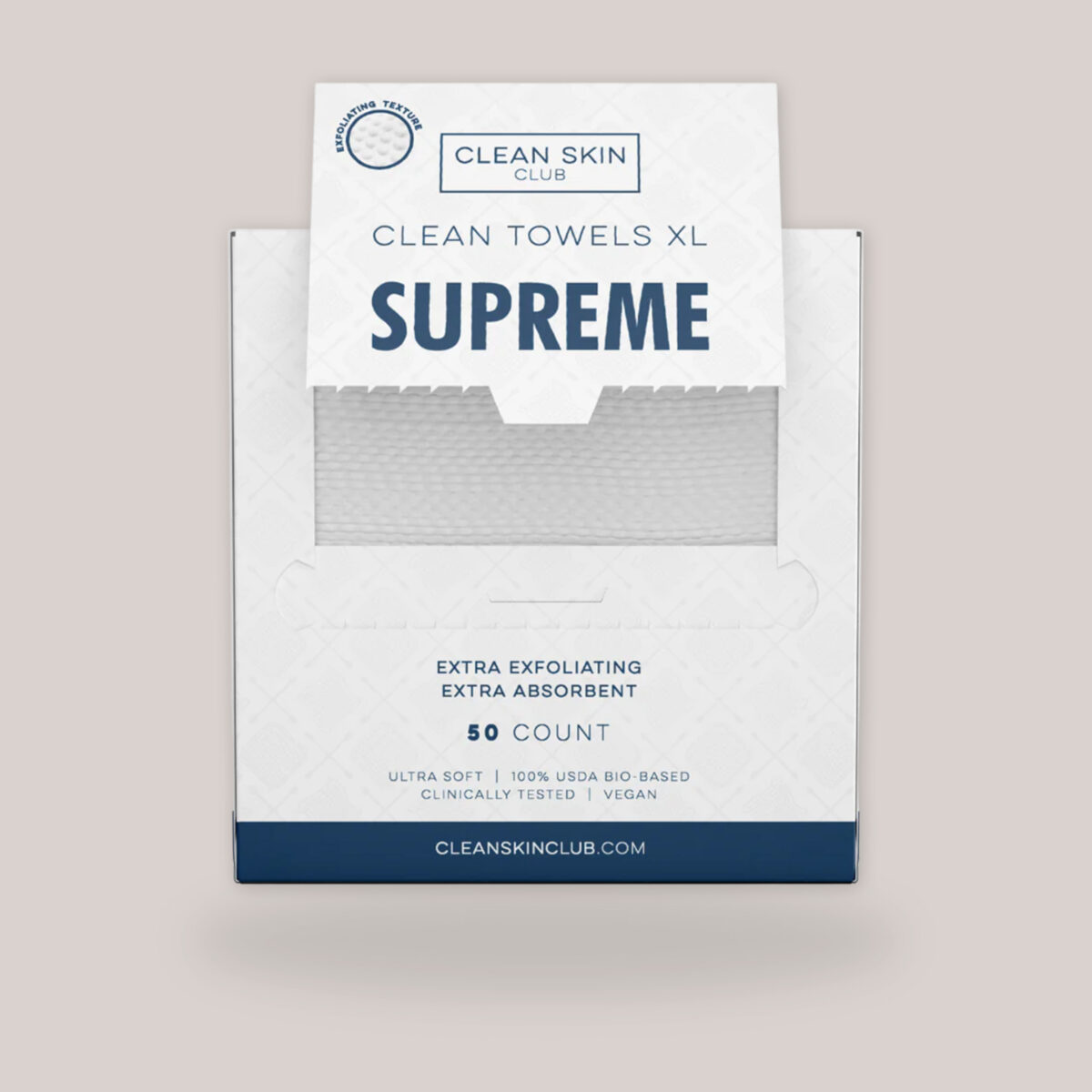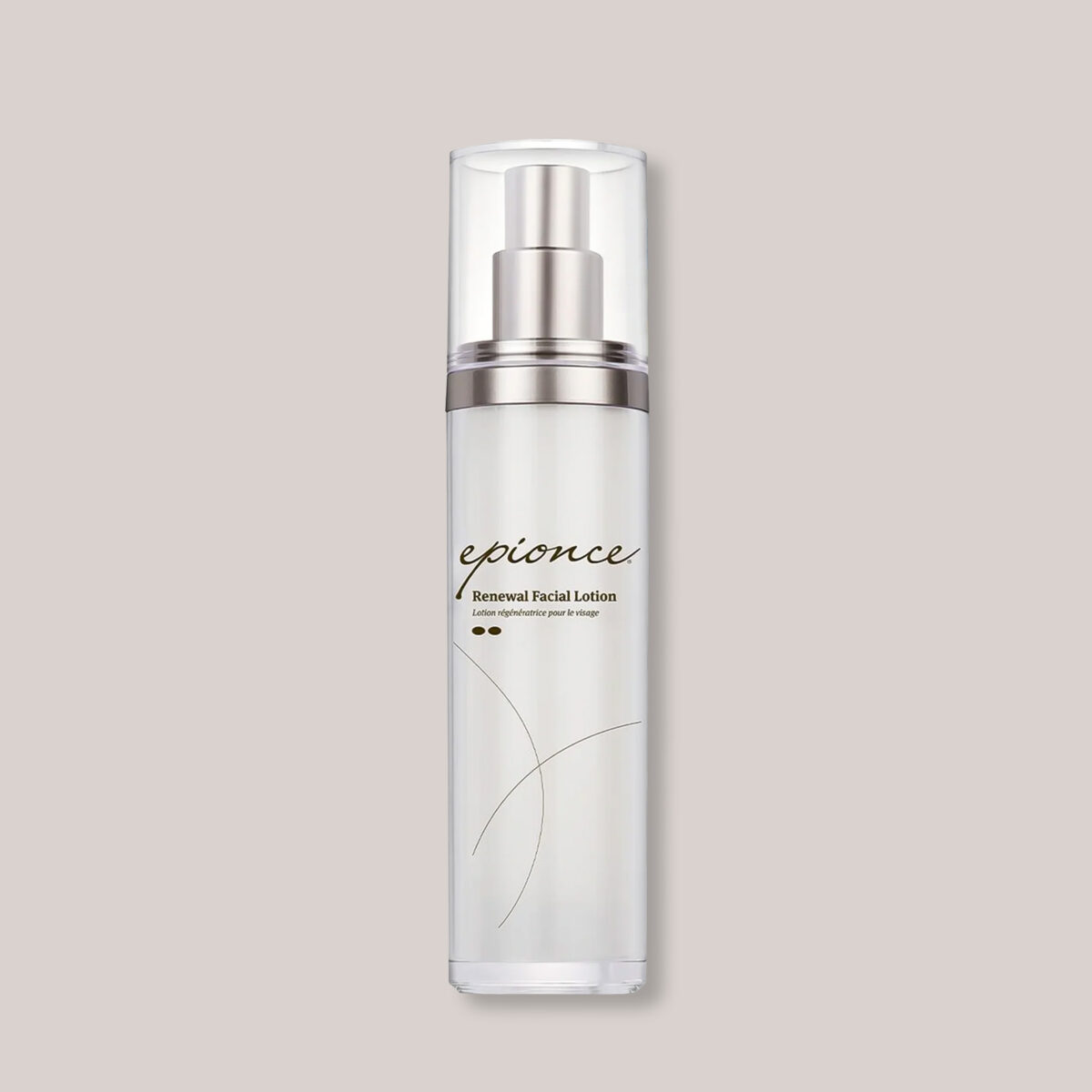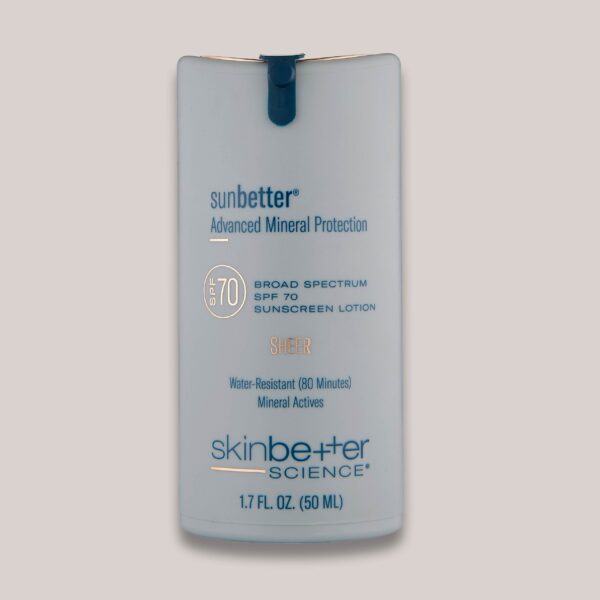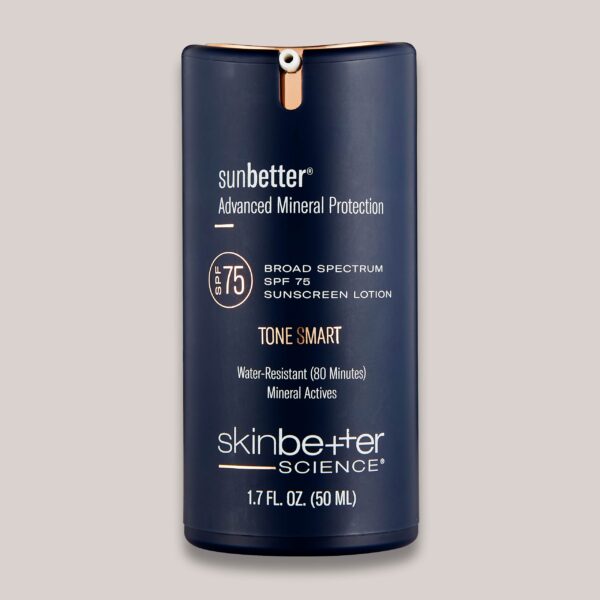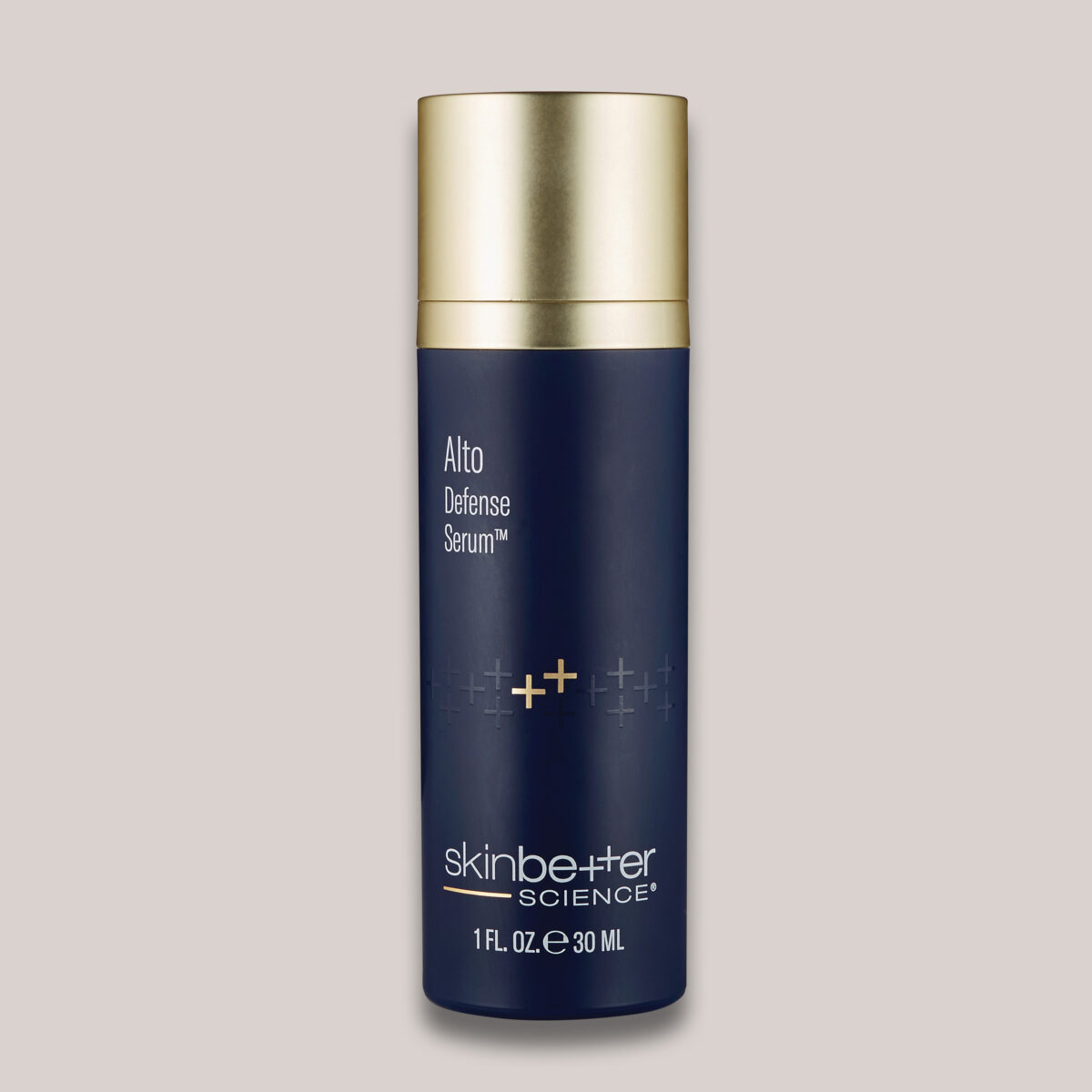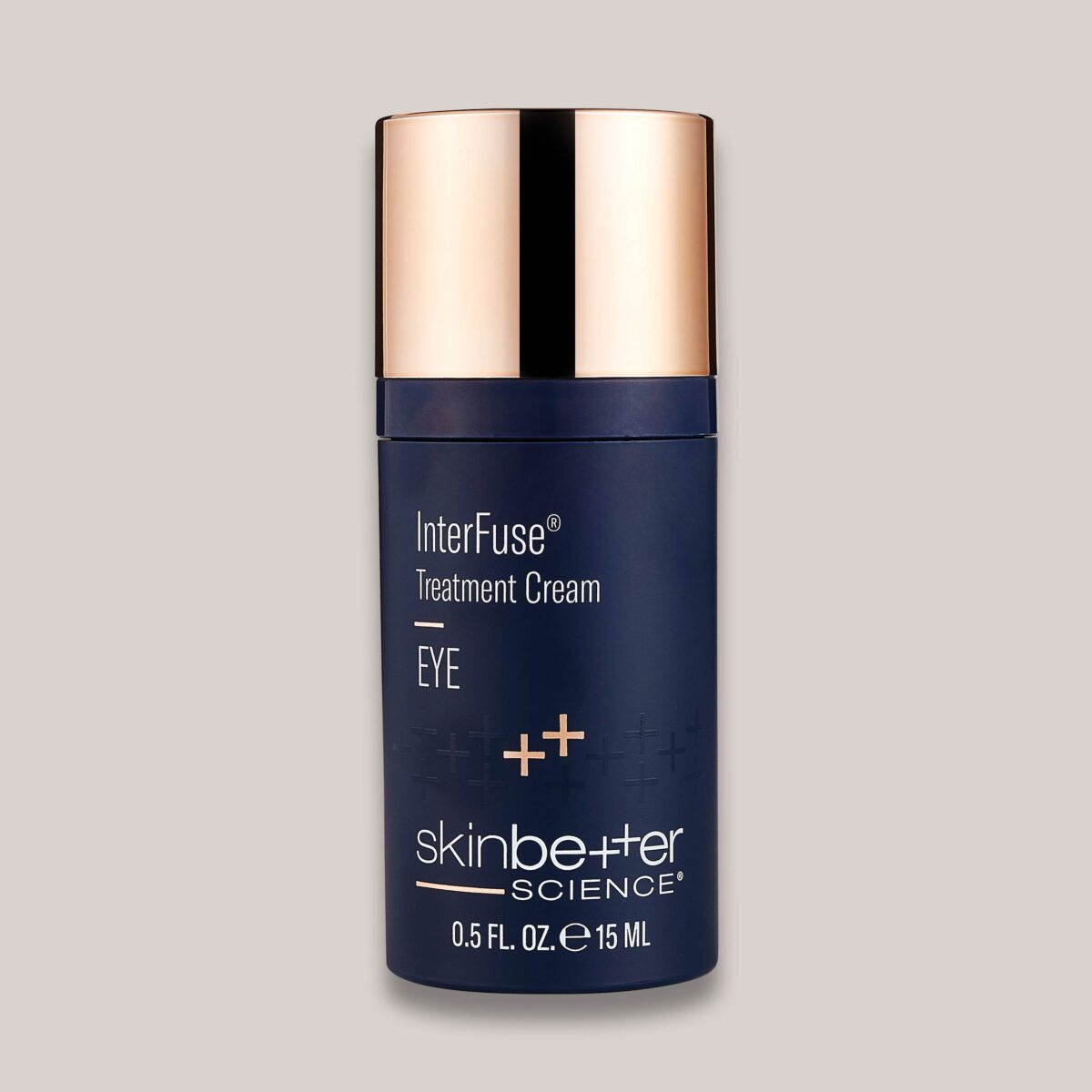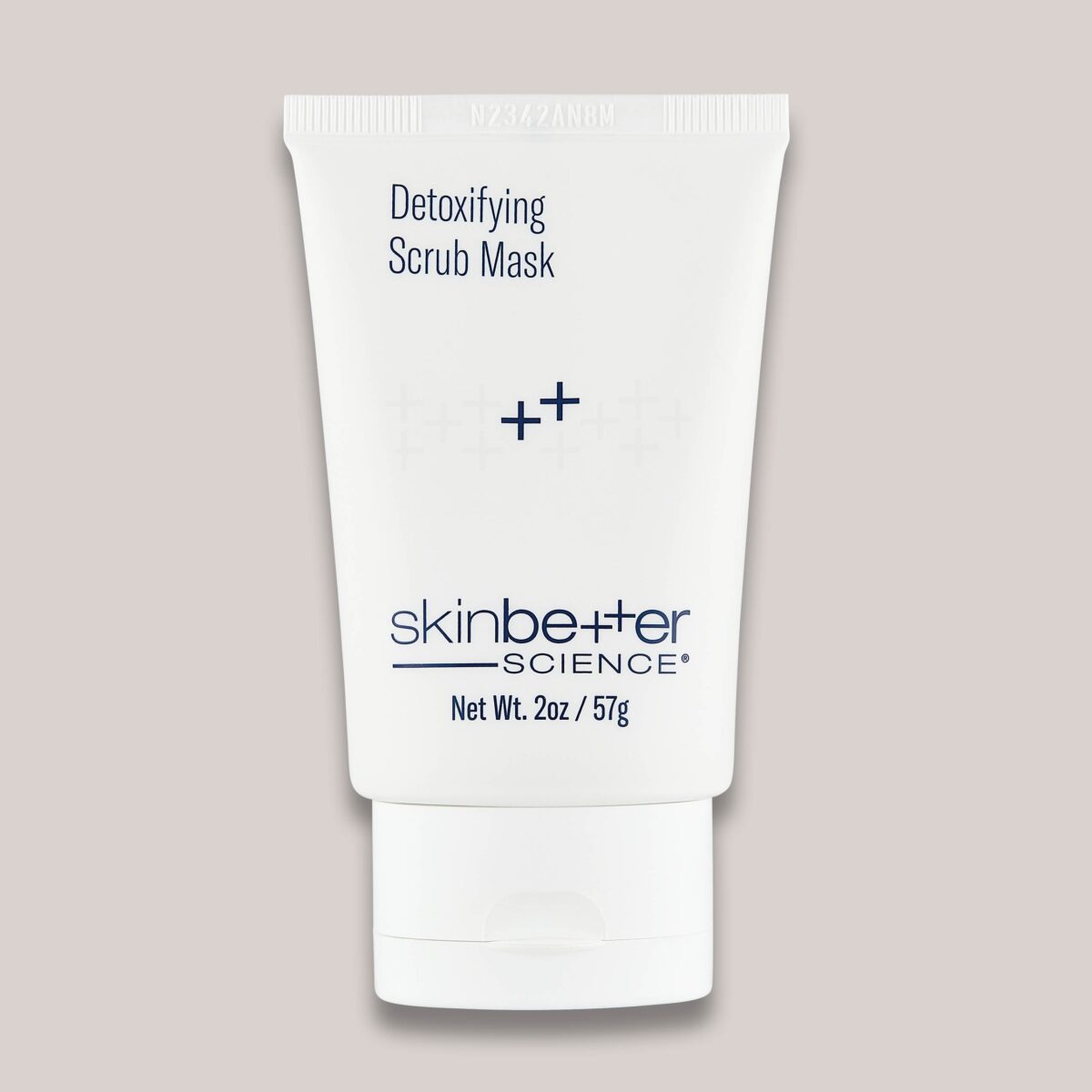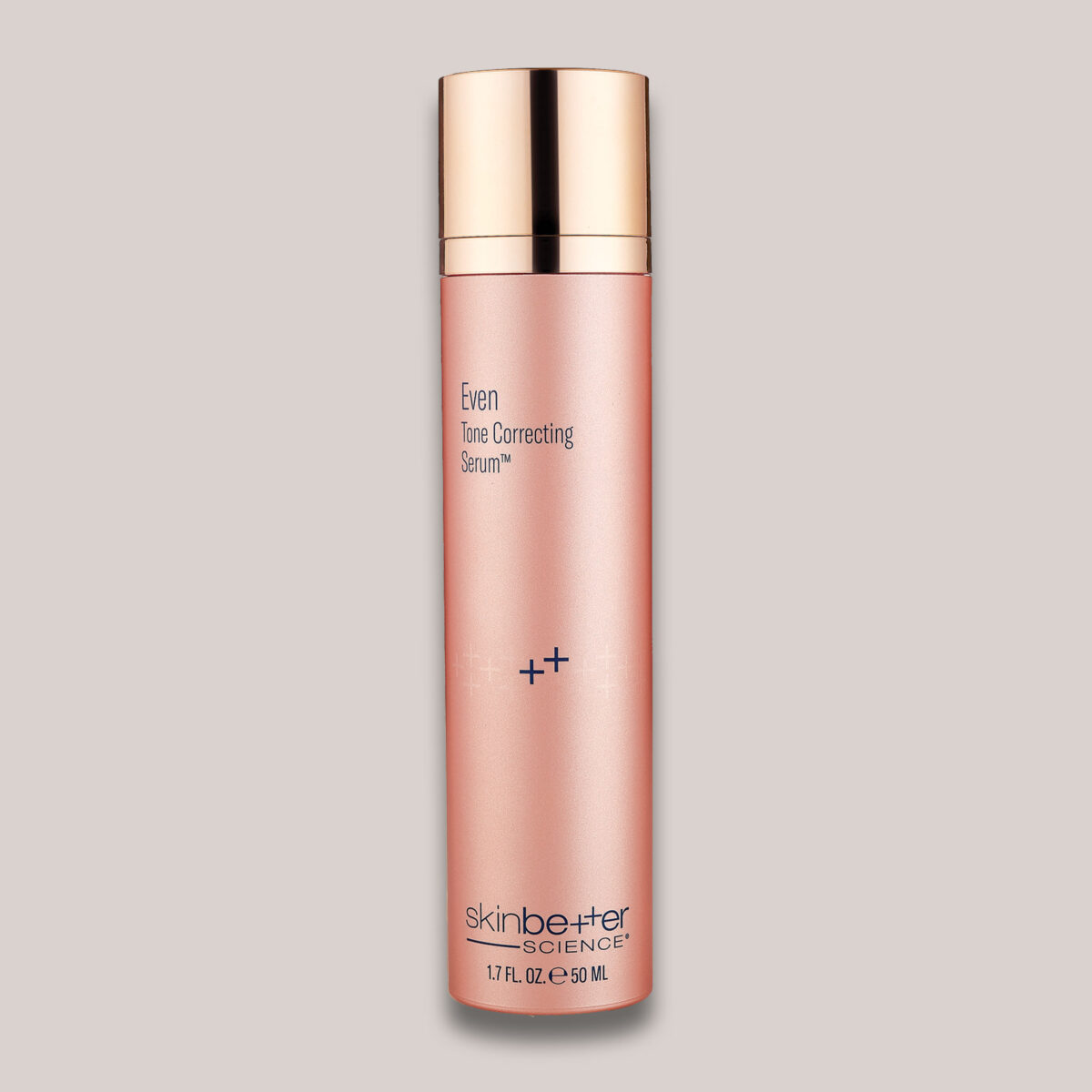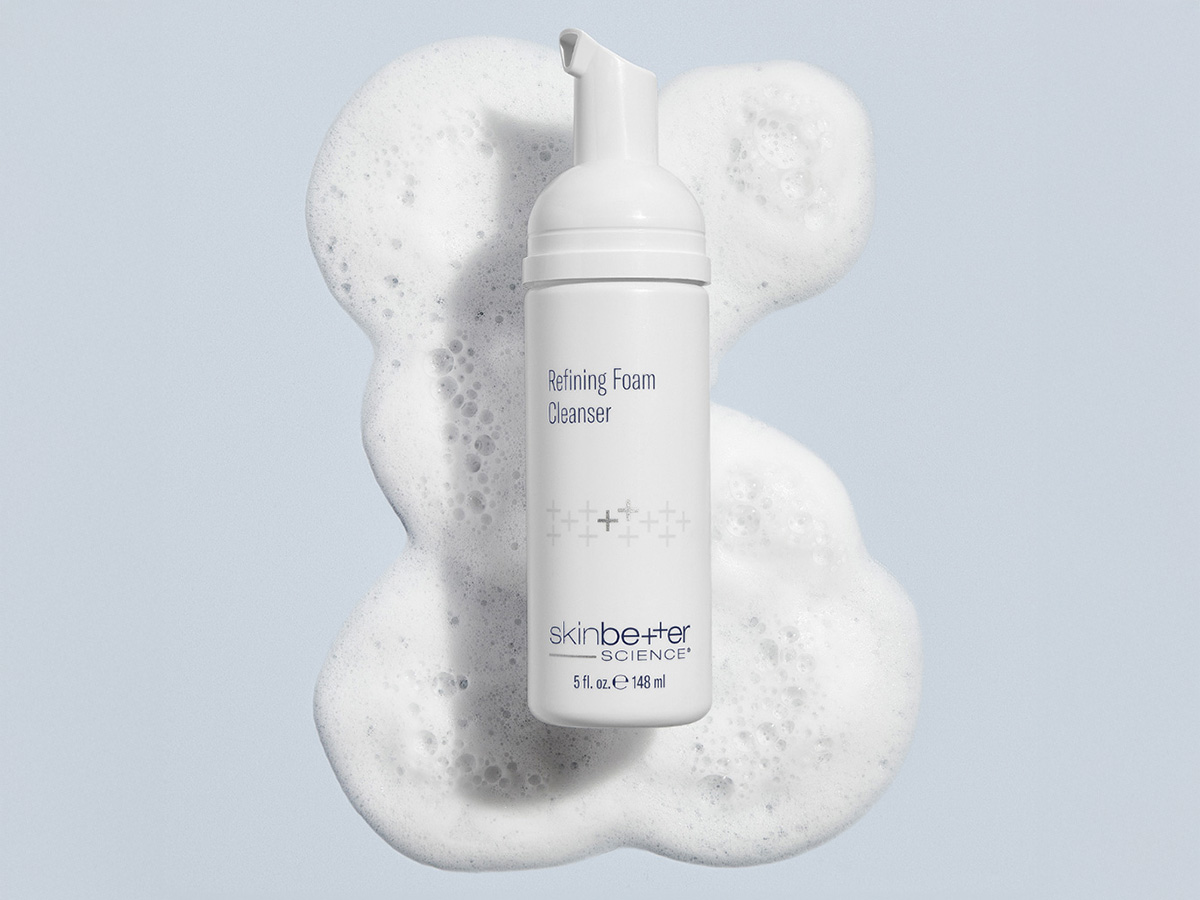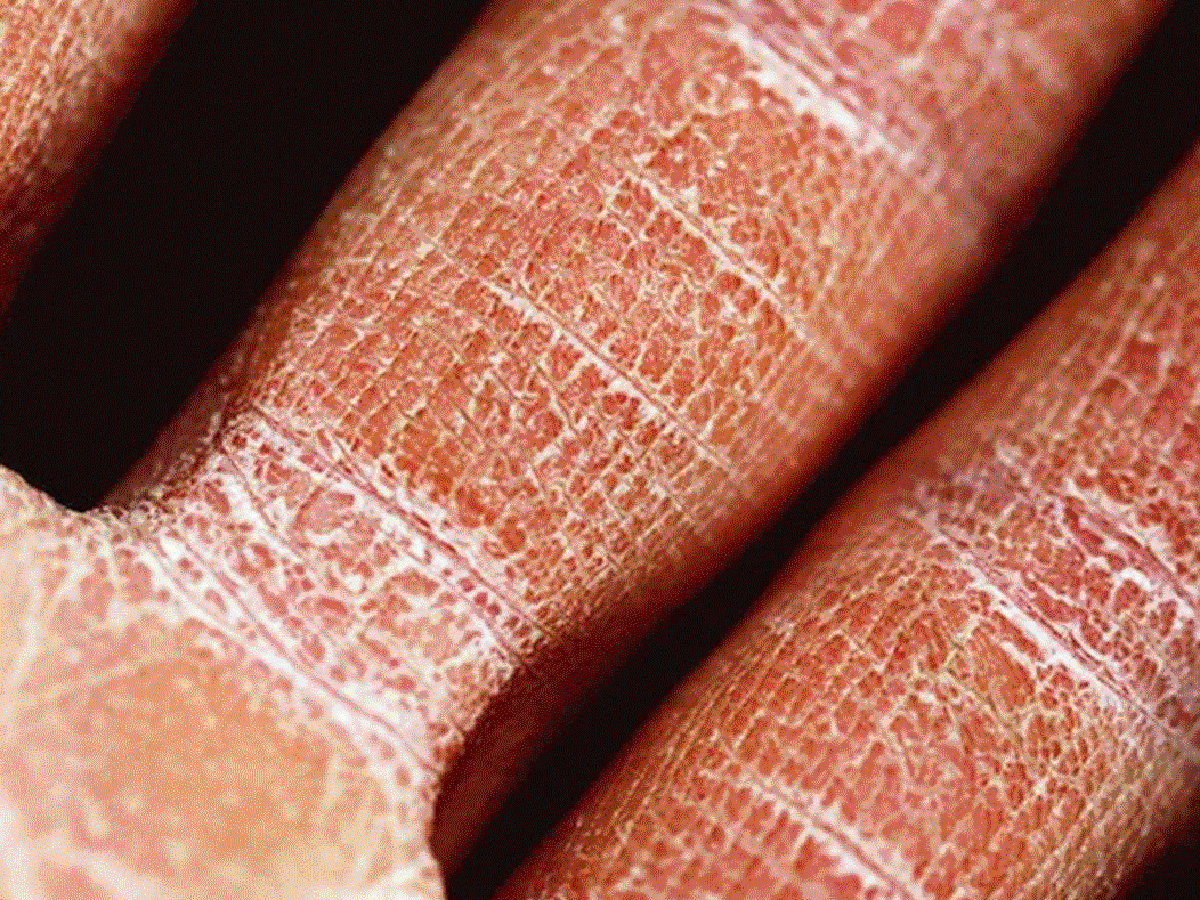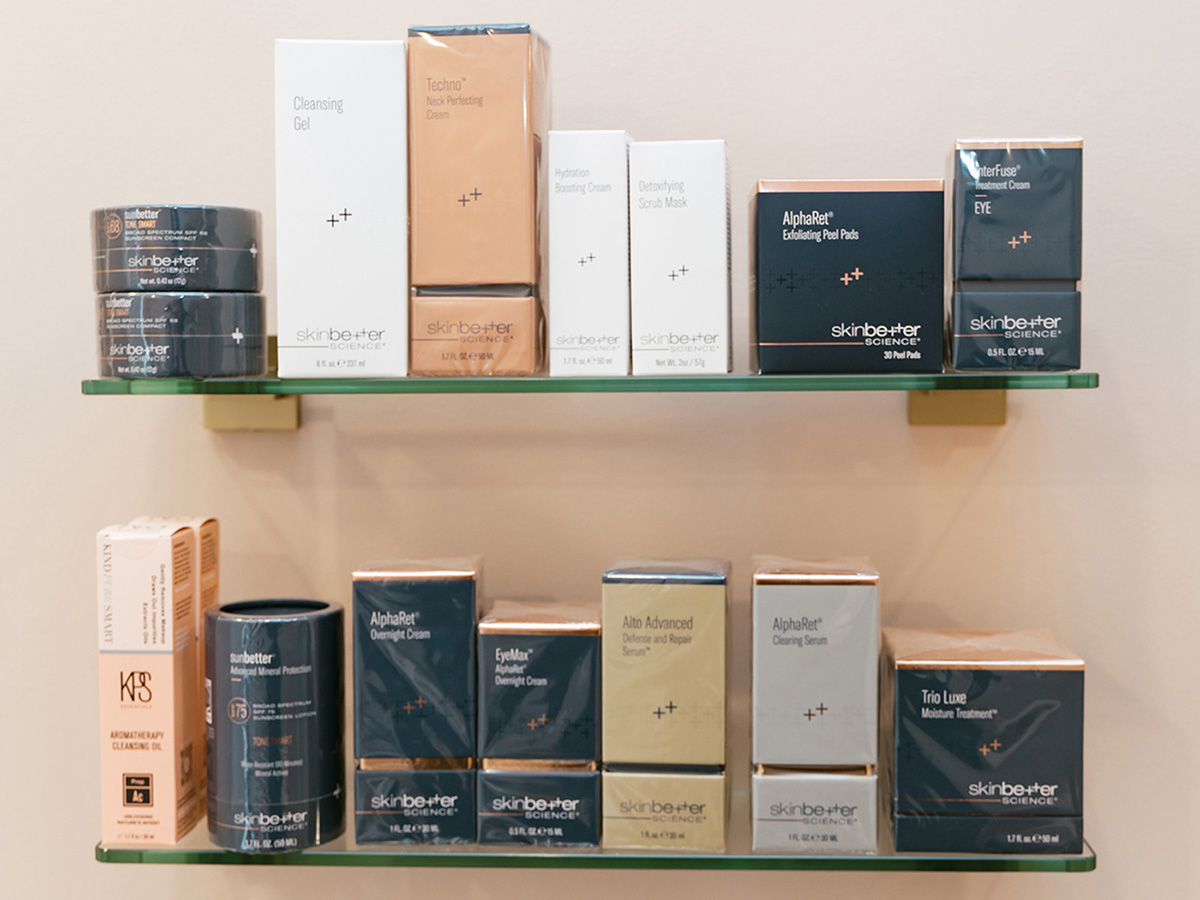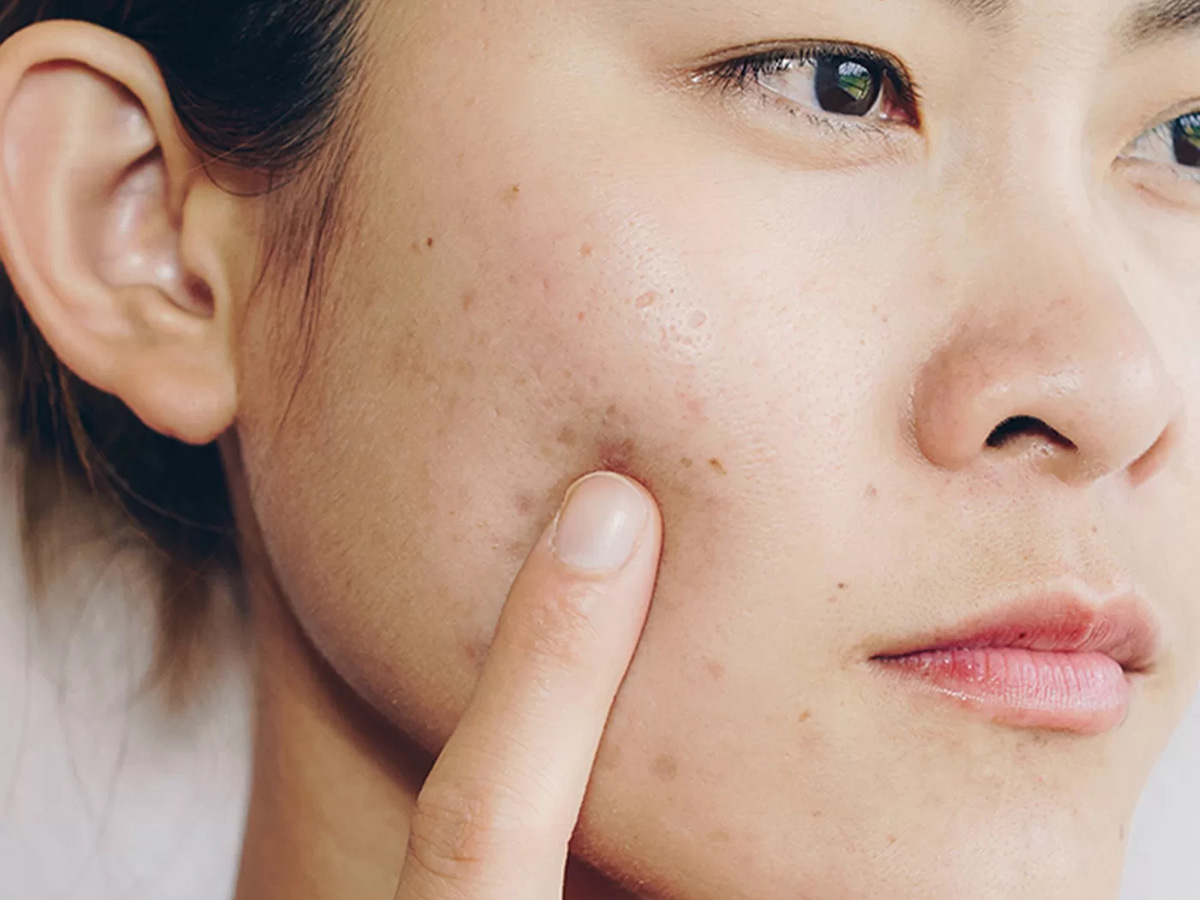Are you feeling lost in a sea of skincare products and tips? You’re not alone. Navigating the world of cleansers, serums, and creams can be overwhelming, but here’s the good news: skincare doesn’t need to be complicated. A well-designed routine not only promotes your skin’s health but also enhances its appearance, leaving you with a radiant, confident glow every day.
In this guide, you’ll learn the basics of creating a skincare regimen tailored to your unique needs. By the end, you’ll discover why dedicating a little time each day to self-care makes all the difference and exactly how to get started. We’ll explore everything from understanding your skin type to finding the right products for your routine—so let’s get glowing!
Why Your Skincare Routine Matters
Before exploring the specifics of a skincare routine, it’s crucial to understand why having one is so essential. Our skin, the body’s largest organ, serves as a protective barrier against pollution, UV rays, and bacteria. However, these external factors can diminish its health and appearance over time.
Proper care involves more than achieving a glowing complexion—it’s about preserving the vitality of your skin, defending it from everyday stressors, and preventing problems before they start. A consistent, well-thought-out skincare routine can help:
Prevent Premature Aging
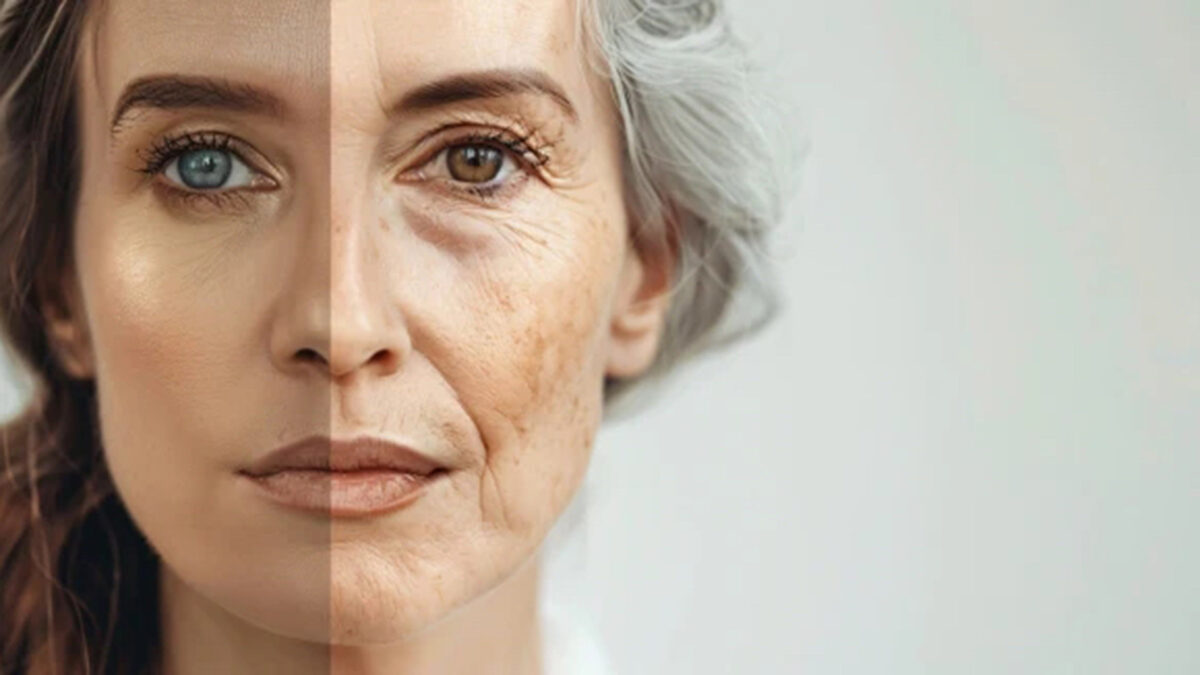
Regular cleansing, exfoliating, moisturizing, and sun protection help maintain elasticity and reduce the appearance of fine lines.
Boost Self-Confidence

When your skin looks and feels healthy, it naturally elevates your mood and self-esteem.
Maintain Skin Balance
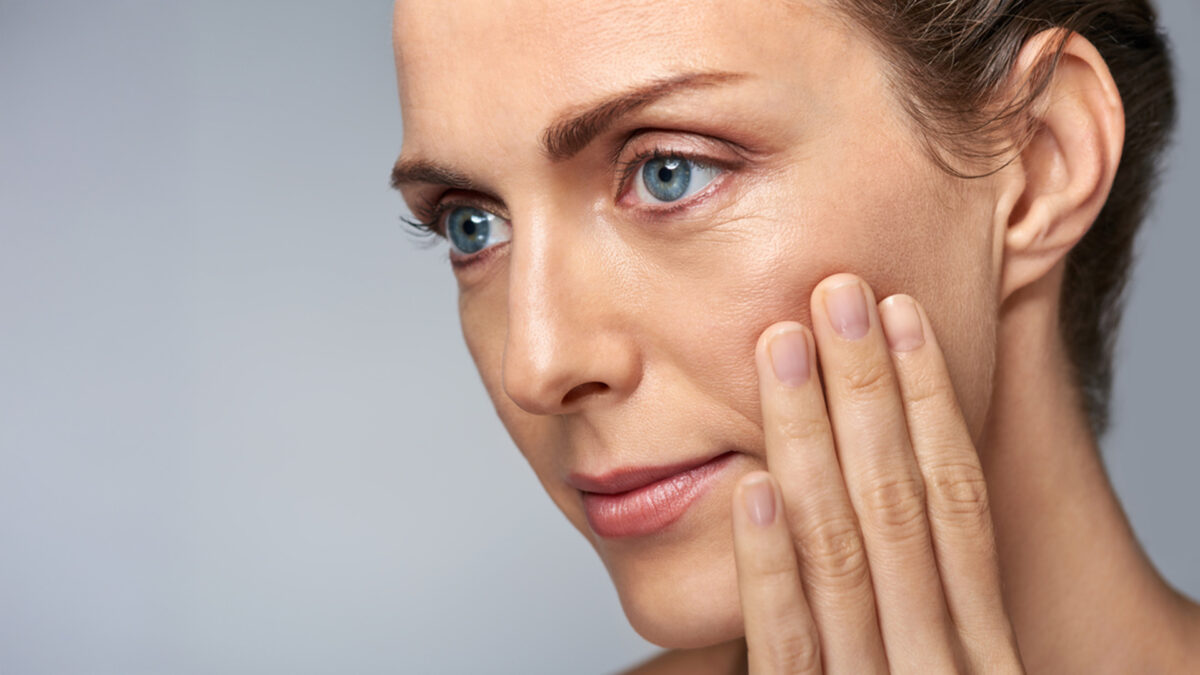
Selecting the right products controls excess oil or boosts hydration where needed, minimizing breakouts and dryness.
Additionally, sticking to a solid regimen helps safeguard your skin against dryness, wrinkles, acne, and sun damage. Targeted treatments can address specific concerns or goals, leading to a healthier and more resilient complexion.
Getting to Know Your Skin Type
Before selecting products or building a routine, identifying your skin type is key. We can group skin into five categories—Normal, Dry, Oily, Combination, and Sensitive—each with unique traits and needs. By understanding your skin’s particular characteristics, you’ll be better equipped to choose the ingredients and formulas that truly work for you. Here’s an overview of the main skin types:
Normal Skin
Normal skin has balanced oil and hydration levels, making it neither too dry nor too oily. It typically features a smooth texture, small pores, and minimal blemishes, giving it an even and healthy appearance.
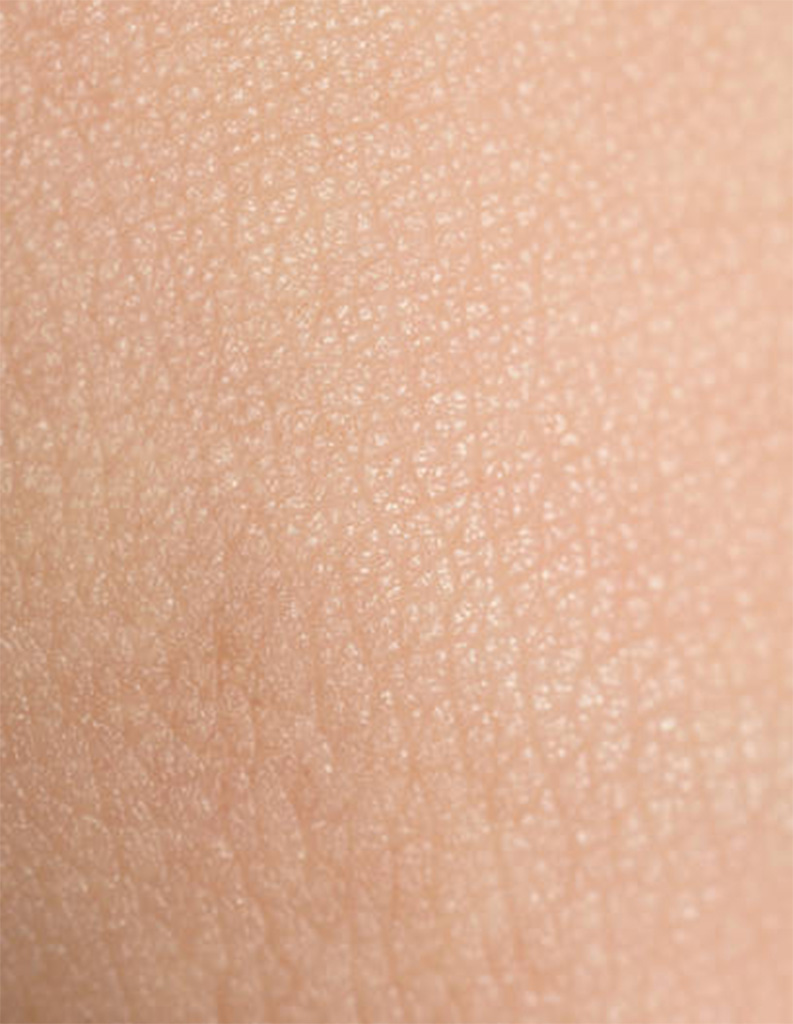
Oily Skin
Oily skin produces excess sebum, leading to a shiny appearance and larger pores. It is prone to blackheads, whiteheads, and acne. If your skin feels greasy shortly after washing, you may have oily skin.
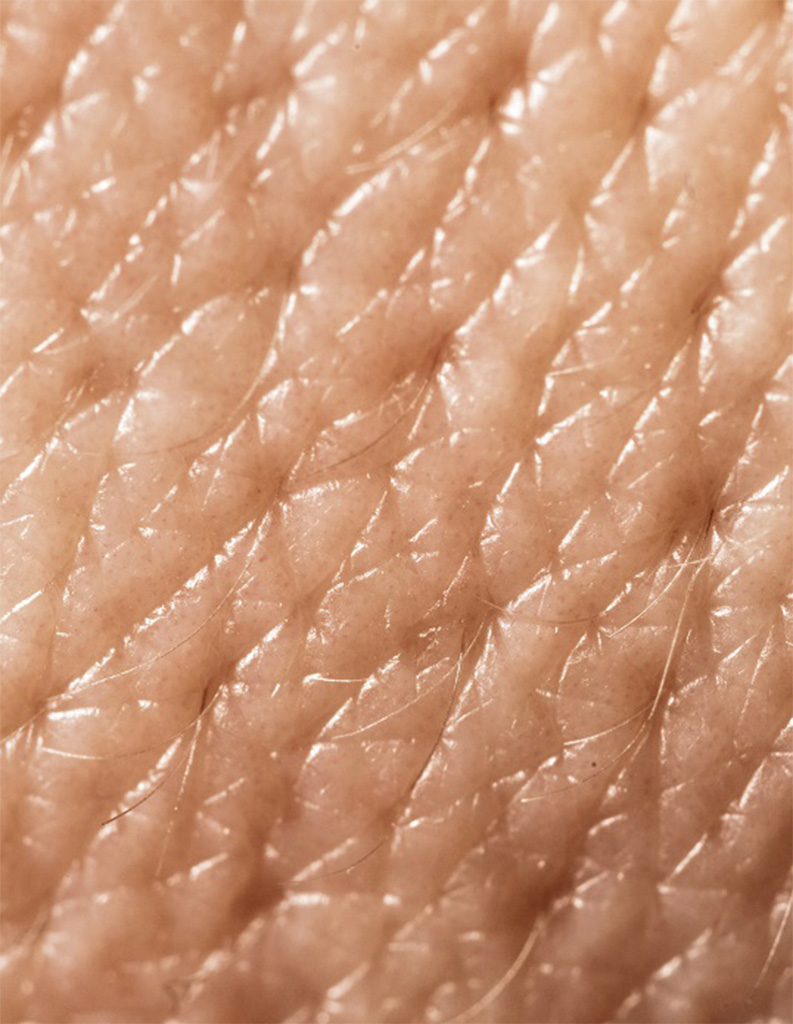
Sensitive Skin
Sensitive skin is prone to irritation and may react to certain products or environmental factors. Common signs include redness, stinging, or itching. If your skin frequently reacts to new products or conditions, it’s likely sensitive.
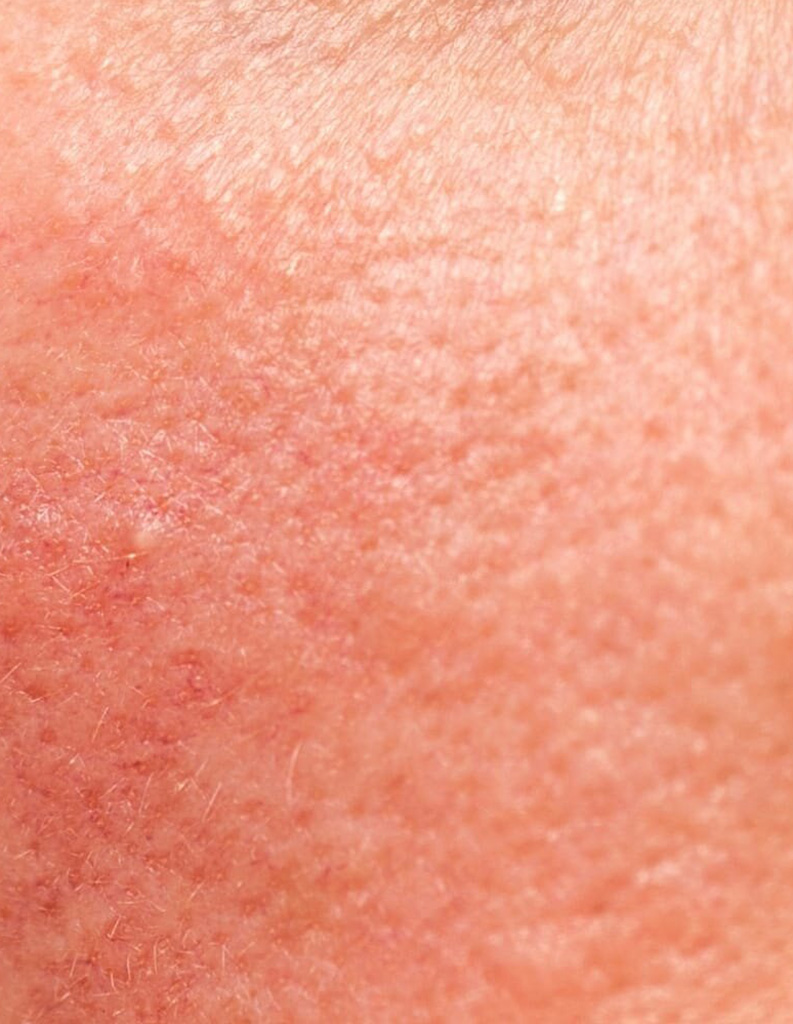
Dry Skin
Dry skin lacks sufficient oil and moisture, often feeling tight or rough, especially after cleansing. It may appear dull or flaky and can be more sensitive in colder weather. If your skin often feels irritated or uncomfortable, it’s likely dry.
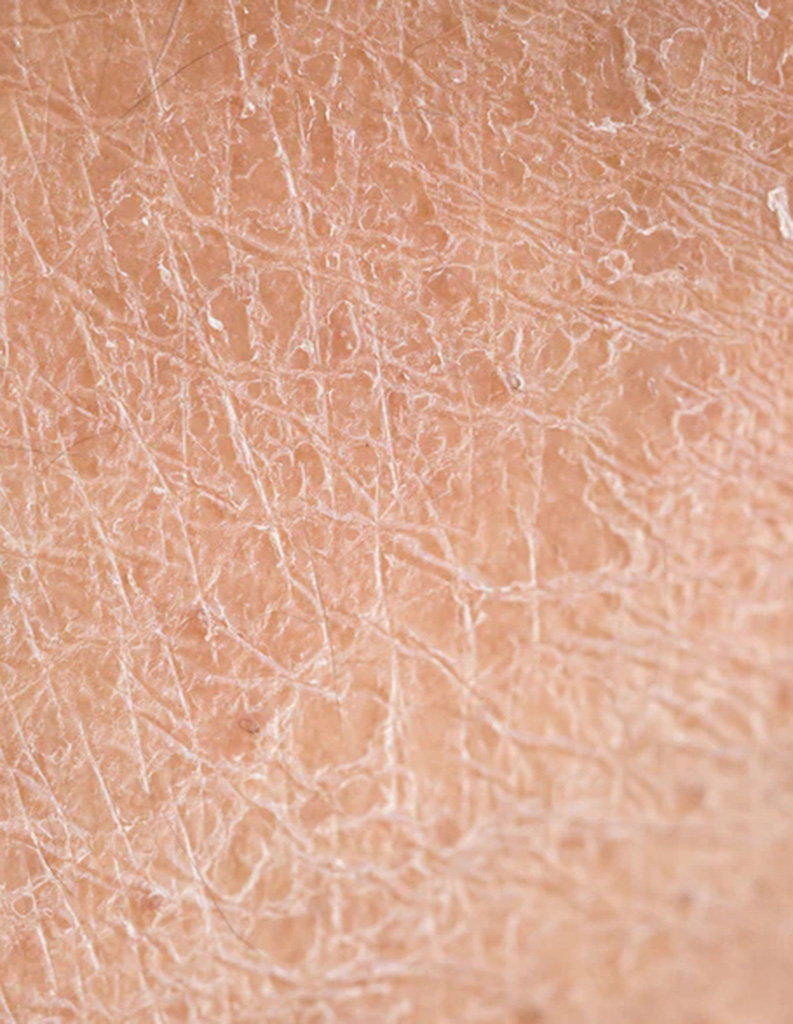
Combination Skin
Combination skin features both oily and dry areas. The T-zone (forehead, nose, and chin) is usually oily, while the cheeks may feel dry or normal. This mix of characteristics requires targeted care for each area.
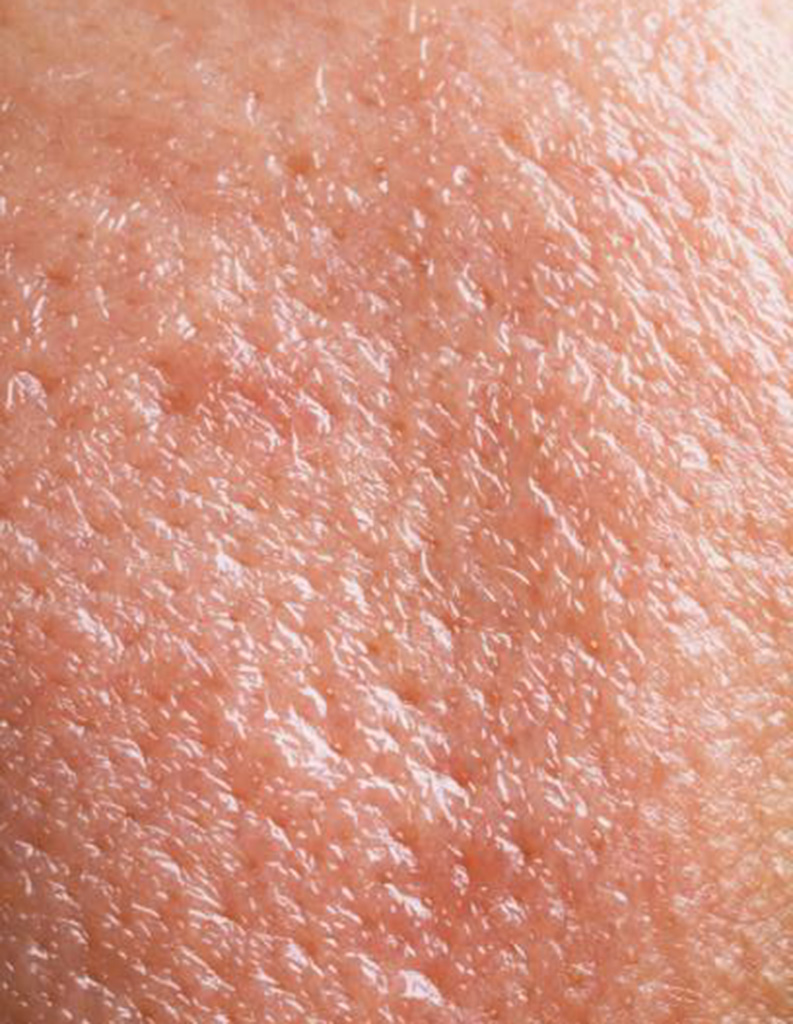
Pro Tip: Not sure what your skin type is? Try the “bare-faced test.” Wash your face with a gentle cleanser, pat it dry, and leave it bare for about an hour.
- If your skin feels tight, it’s likely dry.
- If it looks shiny, you probably have oily skin.
- If some areas are oily and others feel dry, you have combination skin.
- If your skin reacts with redness or irritation, you may have sensitive skin.
The Basic Steps of a Skincare Routine
A great skincare routine doesn’t require an overwhelming number of products. In fact, keeping it simple is often the best approach, especially if you’re just starting out. A well-balanced routine focuses on consistency and effectiveness rather than quantity. Below are four essential steps that serve as the foundation for healthy skin. These steps are suitable for everyone, regardless of skin type, and can be easily customized to address your specific needs and goals.
Step 1: Cleansing (Morning and Night)
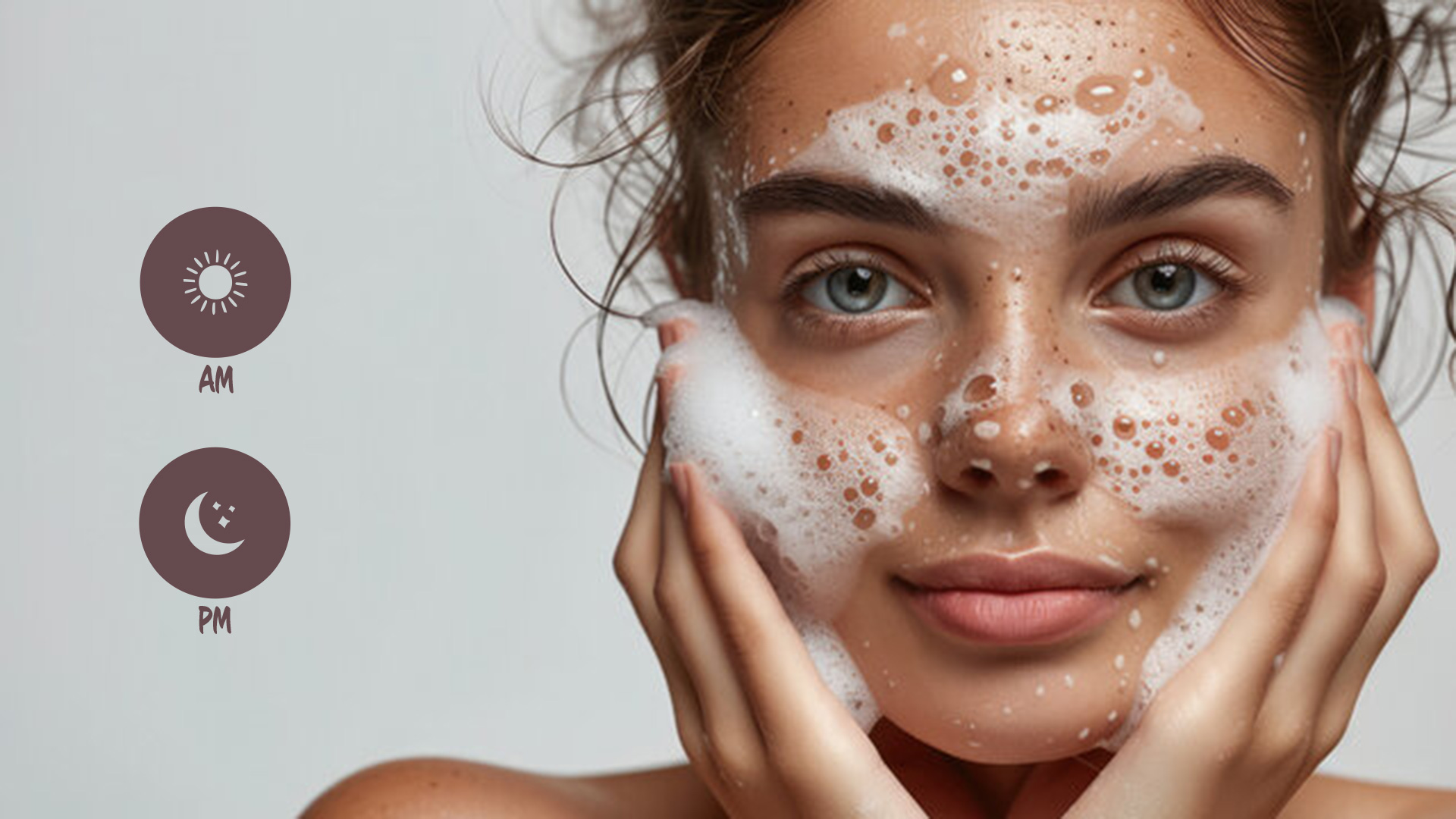
A clean canvas is essential. Throughout the day, your skin encounters sweat, dirt, and excess oil, which can clog pores and lead to breakouts if not removed.
- Morning and Night: Use a gentle cleanser to wash your face.
- Avoid Over-Cleansing: Stripping your skin’s natural oils can lead to irritation and even more oil production in the long run.
- Product Recommendations:
- Dry/Normal Skin: Cream or lotion-based cleansers.
- Oily/Combination Skin: Gel or foam-based cleansers.
-
Milky Lotion Cleanser
$8.00 – $36.00 -
Refining Foam Cleanser, 5 fl oz
$48.00
Step 2: Exfoliating (1-2 Times / Week)

Exfoliation helps slough off dead skin cells, revealing a smoother, brighter complexion. However, don’t overdo it—once or twice a week is usually enough for most skin types.
Physical Exfoliants: Scrubs or brushes for a manual buff.
Clean Towels XL™ Supreme
Clean Towels XL™ Supreme by Clean Skin Club offer a hygienic, single-use solution with superior absorbency and added exfoliation, all in a biodegradable design for an elevated skincare experience.
Chemical Exfoliants: Alpha hydroxy acids (AHAs) or beta hydroxy acids (BHAs) dissolve dead skin cells without scrubbing.
Frequency:
- Dry/Sensitive Skin: Once per week with gentle formulas.
- Oily/Combination Skin: 1–2 times per week, depending on tolerance.
Step 3: Moisturizing (Morning and Night)
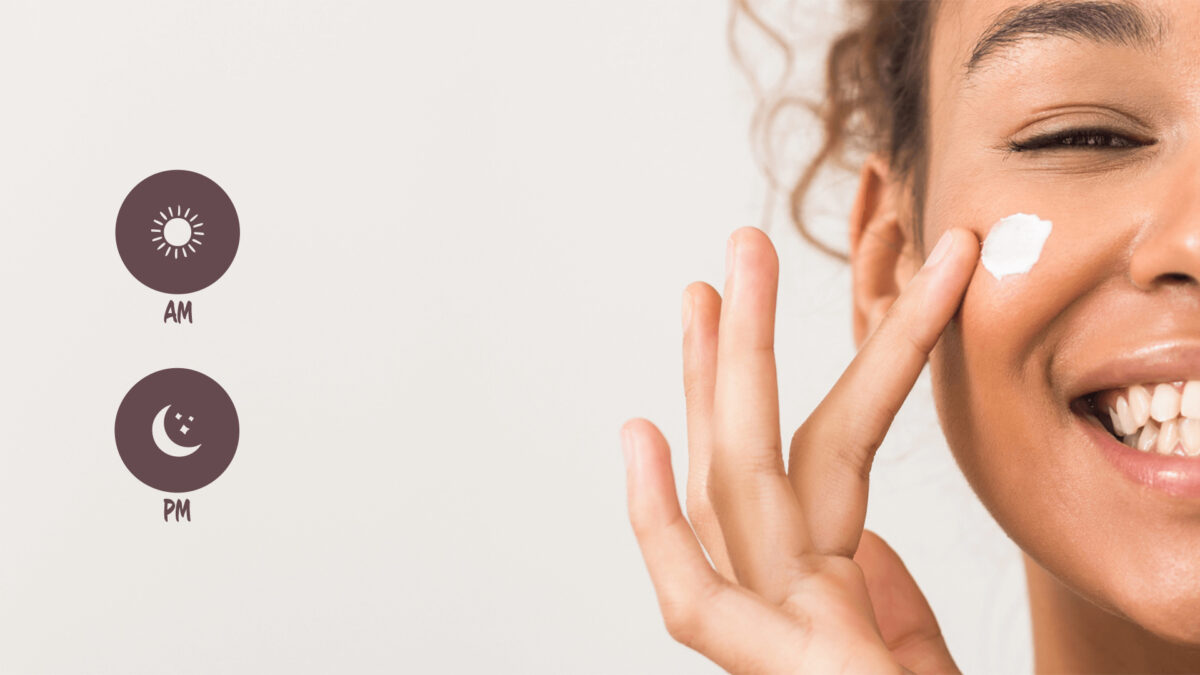
Moisturizers replenish your skin’s hydration and create a barrier that prevents moisture loss.
Light, Oil-Free for Oily/Combination Skin:
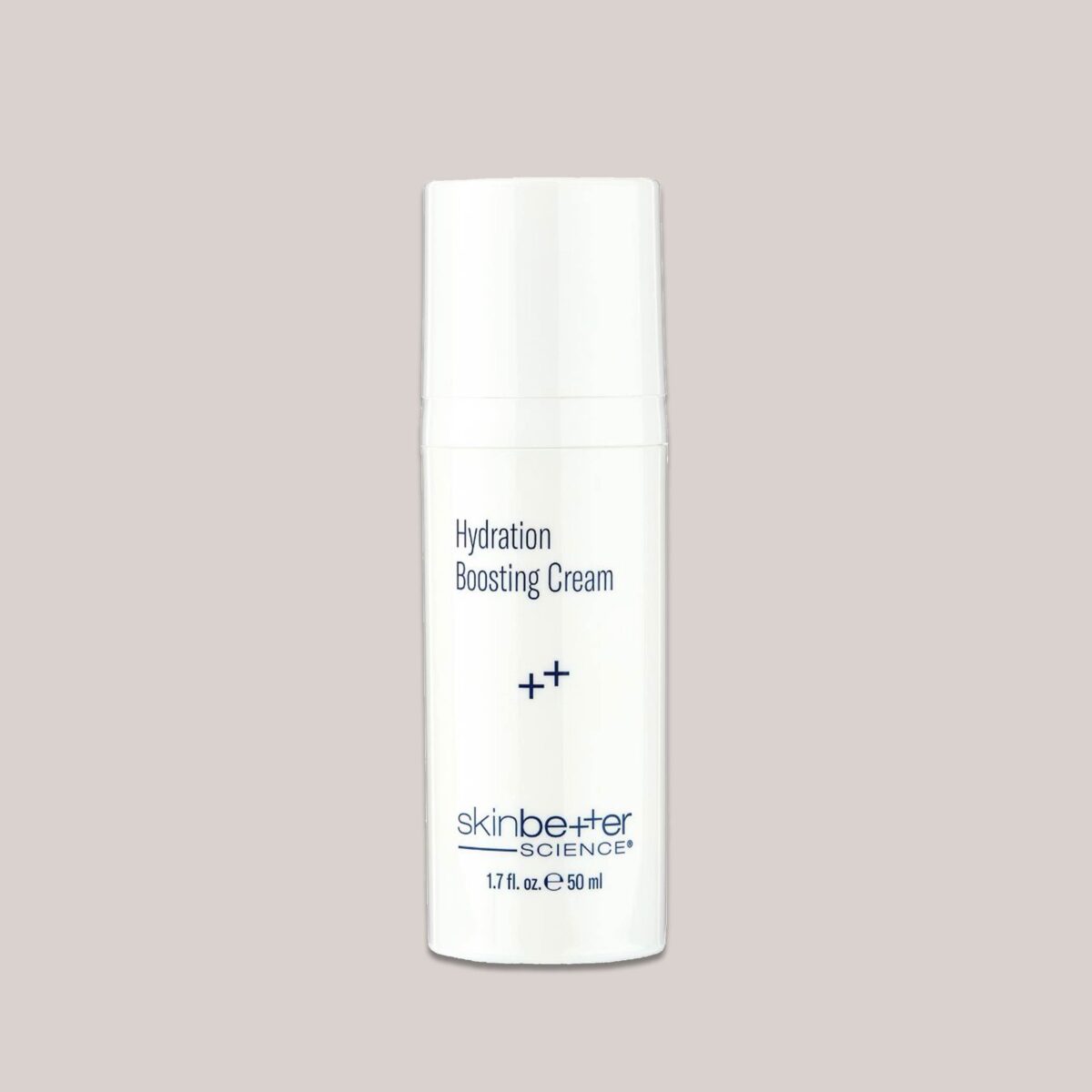
SkinBetter Science Hydration Boosting Cream
A lightweight, oil-free moisturizer with hyaluronic acid that delivers hydration without clogging pores.
Creamier, More Emollient for Dry Skin
Epionce Renewal Facial Lotion
A rich, emollient moisturizer that deeply hydrates and strengthens the skin barrier with botanical ingredients.
Sensitive Skin: Look for fragrance-free and soothing ingredients like ceramides or hyaluronic acid.
Hydrinity Restorative HA Serum
A deeply hydrating, soothing serum packed with hyaluronic acid and peptides to calm and support sensitive or compromised skin.
Step 4: Sun Protection (Morning)
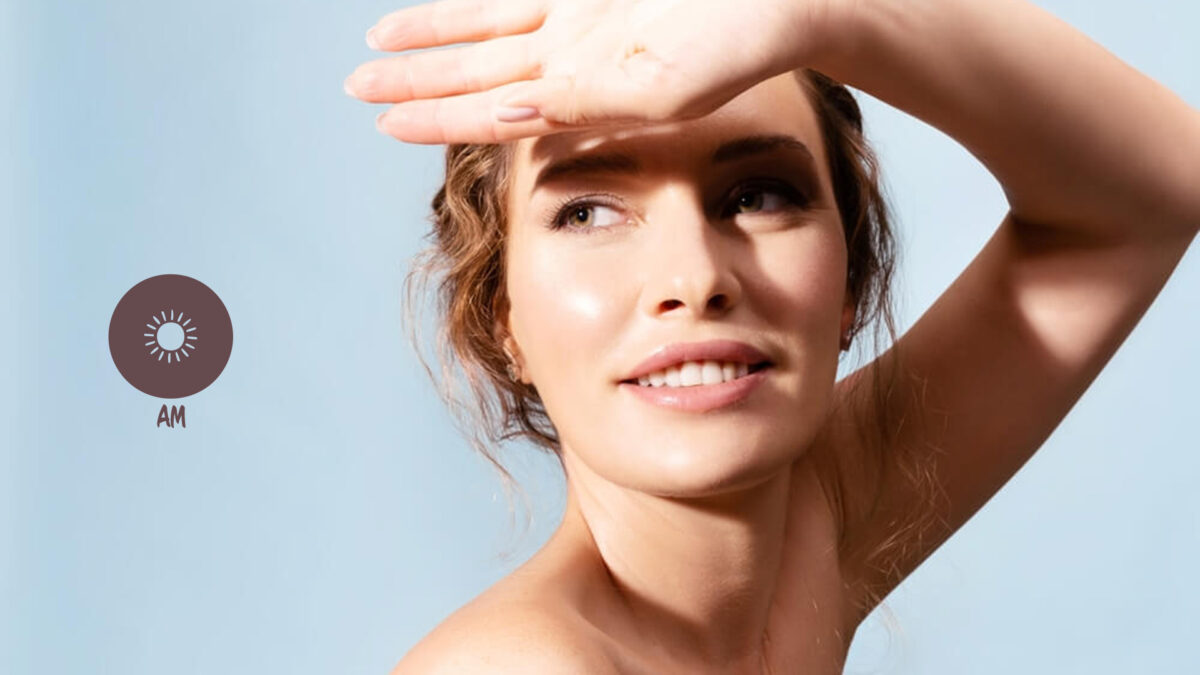
Daily sun protection is key to preventing premature aging, sunspots, and skin cancer.
- Broad-Spectrum SPF 30 or Higher: Blocks both UVA and UVB rays.
- Chemical Sunscreens vs. Mineral Sunscreens: Choose what feels more comfortable on your skin.
- Every Single Day: Even on cloudy days or if you’re mostly indoors.
Product Recommendations
Picking Your Perfect Products
Selecting the right skincare products is all about matching formulations to your skin’s needs. Here’s a quick guide for each step:
- Cleanser
- Normal/Dry Skin: Look for creamy or lotion-based cleansers with hydrating ingredients like glycerin and hyaluronic acid.
- Oily/Combination Skin: Try gel or foam cleansers with salicylic acid or tea tree oil to help manage excess oil and keep pores clear.
- Sensitive Skin: Opt for fragrance-free, gentle cleansers labeled “non-irritating” or “gentle.”
- Exfoliator
- Dry Skin: Gentle physical scrubs or lactic acid-based products to avoid further dryness.
- Oily Skin: Products with salicylic acid (BHA) to target excess sebum and unclog pores.
- Sensitive Skin: Mild enzyme-based or low-percentage AHAs; patch-test first.
- Moisturizer
- Dry Skin: Rich creams with ceramides, shea butter, or hyaluronic acid.
- Oily/Combination Skin: Lightweight, oil-free lotions or gels, possibly with non-comedogenic labels.
- Sensitive Skin: Soothing formulas with chamomile, calendula, or ceramides.
- Sunscreen
- All Skin Types: Broad-spectrum SPF 30+ every day.
- Oily Skin: Lightweight, mattifying sunscreens.
- Dry/Sensitive Skin: Moisturizing SPF with soothing ingredients like aloe vera or zinc oxide.
Extra Boost: Targeting Specific Skin Woes
Once you have the core steps in place, you can incorporate additional treatments or products to address your unique concerns.
Serums
Serums provide potent doses of active ingredients to target specific skin concerns like acne, aging, or hyperpigmentation. Vitamin C brightens, niacinamide helps with blemishes, and hyaluronic acid boosts hydration. Apply before moisturizing for optimal results.
SkinBetter Science Alto Defense Serum
A powerful antioxidant serum that defends against environmental stressors while improving skin tone, brightness, and overall skin health.
Eye Cream
The delicate skin around the eyes benefits from an eye cream that hydrates, reduces puffiness and dark circles, and smooths fine lines. Use a small amount morning and night after cleansing. These lightweight formulas are designed specifically for the sensitive eye area.
SkinBetter Science InterFuse Treatment Cream EYE
A firming eye cream that smooths fine lines, reduces puffiness, and brightens the under-eye area with a blend of peptides and hydrating ingredients.
Face Masks
Face masks offer a targeted boost to your skincare routine. Clay masks help control oil, hydrating masks replenish dry skin, and sheet masks provide an instant refresh. Use 1-2 times a week after exfoliating for best results.
SkinBetter Science Detoxifying Scrub Mask
A dual-action exfoliating mask that removes impurities, unclogs pores, and smooths skin with a blend of clay, charcoal, and biodegradable beads.
Treatments
Spot treatments target acne, retinol creams address signs of aging, and specialized formulas help with rosacea or hyperpigmentation. Overnight masks and treatments deliver potent ingredients like benzoyl peroxide or retinol for focused care.
SkinBetter Science Even Tone Correcting Serum
A non-hydroquinone formula that targets hyperpigmentation, dark spots, and uneven skin tone for a brighter, more radiant complexion.
Putting It All Together: Skincare Tips for a Daily Routine
Once you’ve identified your skin type and selected products that work for your needs, it’s time to assemble your daily (and nightly) routine. Here’s a sample framework:
Start with the Basics
Begin with a simple routine: cleanser, moisturizer, and sunscreen. Once your skin adjusts, gradually introduce serums, masks, and targeted treatments.
Check Ingredients
Always review product labels to avoid allergens or irritants. Opt for formulas with skin-friendly, effective ingredients.
Stay Consistent
Skincare takes time—stick with your routine for at least 4-6 weeks before expecting visible results.
Listen to Your Skin
Pay attention to how your skin reacts. If a product causes irritation, discontinue use and adjust your routine as needed.
Patch Test First
Before applying a new product to your face, test it on a small area of skin to check for reactions.
Monitor Your Progress
Keep track of changes in your skin to identify what works and make informed adjustments.
Consult a Professional
For persistent skin concerns, seek expert advice to find the best solutions for your skin’s needs.
Remember that your skin’s needs may change due to factors like climate, stress, hormones, and age. Revisit your routine periodically to make sure it’s still serving your skin well.
Ready to take your skincare to the next level? Book a consultation at Direct Aesthetics for expert, personalized advice tailored to your skin type and concerns. Whether you’re dealing with acne, signs of aging, or looking to refine your routine, we’re here to help you achieve your best skin.
GET IN TOUCH

